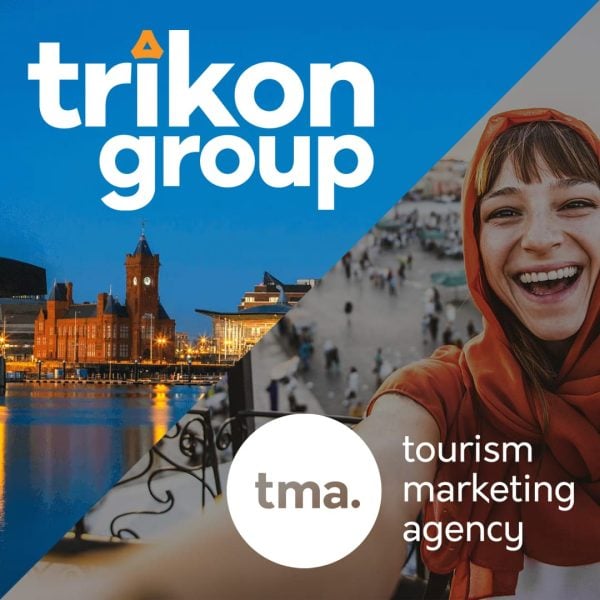Back in January 2024, I went on record saying that travel was heading for a downturn. At the time, some people in the industry didn’t believe me, event some clients. After all, it was hard to accept that the post-pandemic travel boom was tapering off. But the data was there, and now, the latest report from GetYourGuide, the Travel Experience Trend Tracker for Fall 2024, confirms what I’ve been saying all along: the travel industry is in a slowdown.
The report highlights two major trends. First, the overall travel market has indeed slowed down since its pandemic-era resurgence. However, not all sectors are affected equally, and certain segments are thriving—specifically, high-value travellers like the Explorers and super-spenders who continue to drive the majority of leisure travel spending.
Let’s break down the key findings of this report and what they mean for your tourism business.
The Rise of the Explorers
The Explorers—a high-value group responsible for 60% of total leisure travel spending—are the key to staying ahead in the current market. These travellers represent 51% of the market and are characterised by their love for authentic, immersive experiences. What’s fascinating is that Explorers are not defined by traditional demographics like age or income. Instead, they are driven by values: thorough research, careful planning, and a desire for rich, cultural experiences.
Explorers are booking more activities than the average traveller, especially in the cultural and leisure sectors. Museums, galleries, monuments, theme parks, national parks, and various types of tours (bus, bike, boat, and adventure) are the experiences they seek out most often.
What does this mean for you as a tour operator? It means you need to stop focusing on who your travellers are and start focusing on what they care about. Marketing to Explorers is less about demographics and more about appealing to their values—adventure, authenticity, and immersive travel experiences.
Marketing to Explorers: Shift Your Strategy
Marketing to this group is where most tour operators need to adjust their approach. According to the report, Explorers are driven by brand recognition, not brand recall, but what does this mean?
While they may not immediately remember your brand name when it’s time to book, they will recognise it if they’ve encountered it across multiple touchpoints during their research phase. This reinforces the need for visibility at every stage of their planning journey.
Your brand needs to be everywhere your Explorers are—whether they’re scrolling through Instagram, browsing destination blogs, or using travel platforms like GetYourGuide. Brand recognition is achievable for most businesses, even those with limited budgets. The key is consistency: ensure your logo, branding, and messaging remain visible and uniform across every channel. This helps build trust and authority, which are essential for competing in today’s crowded travel market.
Solo Travel and International Markets
Another important insight from the GetYourGuide report is the continued growth of solo travel. While solo travel has been trending for years, the report shows it’s more relevant than ever, especially among Explorers and certain demographics. The takeaway here is simple: if you’re not already catering to solo travellers, now is the time to start. This could be as straightforward as offering solo traveller packages or emphasising the safety and community aspects of your tours.
International markets also remain critical, but the report underscores the need to tailor your marketing strategies based on the preferences of travellers from different regions. What resonates with a European traveller may not work for an American or Australian, so your campaigns need to be adaptable and culturally aware.
Actionable Steps for Tour Operators
So, what should you do with all this information? Here are the most actionable takeaways from the report:
1. Target High-Value Travelers Like Explorers: Focus your marketing efforts on this group by offering experiences that resonate with their desire for authenticity and adventure. Highlight immersive, cultural, and leisure activities that cater to their interests.
2. Invest in Brand Recognition: Build a presence across all relevant channels, ensuring that potential customers encounter your brand repeatedly. Use consistent visuals and messaging to strengthen trust and familiarity.
3. Leverage Partnerships: OTAs can help you increase visibility, especially if you’re looking to tap into the Explorer market. These platforms act as trusted intermediaries, making it easier for travellers to find and book your tours.
4. Embrace the Rise of Solo Travel: Cater to the growing number of solo travellers by emphasising flexibility, safety, and the unique experiences they can enjoy on their own.
5. Stay Flexible with International Markets: Tailor your marketing strategies to different regions, ensuring that your messaging aligns with the preferences and behaviours of travellers from various parts of the world.
Final Thoughts
I understand why some people didn’t want to believe me back in January. The travel industry was still riding the wave of post-pandemic excitement, and it was tempting to think that growth would continue indefinitely. But now, the reality is setting in: overall travel is slowing, and it’s the high-value travellers—the Explorers and super-spenders—who are keeping the industry afloat.
GetYourGuide is not the only one, Ryan Air and others have also confirmed this. I highlighted this in my post, Boom to Balance, earlier in the year.
If you want to succeed in the current market, you need to focus on what these travellers value most and ensure your brand is consistently visible. By doing so, you can tap into this lucrative segment and ride out the downturn, while your competitors struggle to adapt.
This latest report from GetYourGuide confirms what I’ve been saying all along: the market is shifting, and only those who evolve with it will come out ahead.

